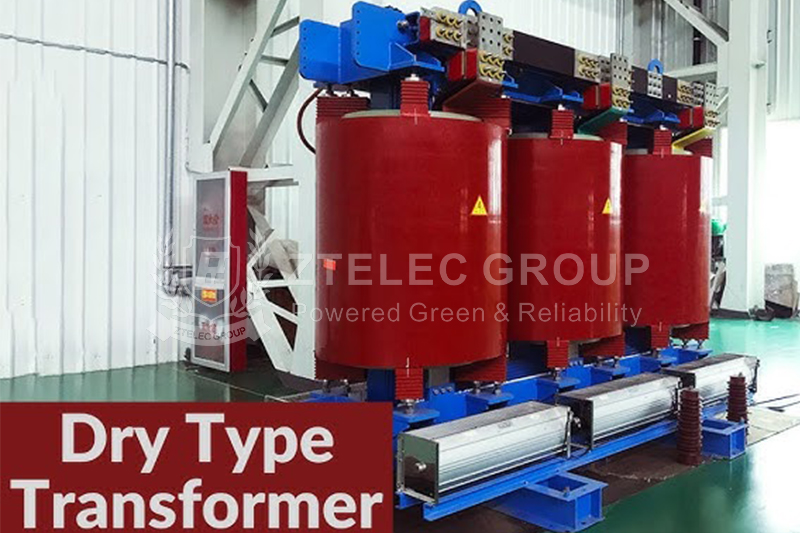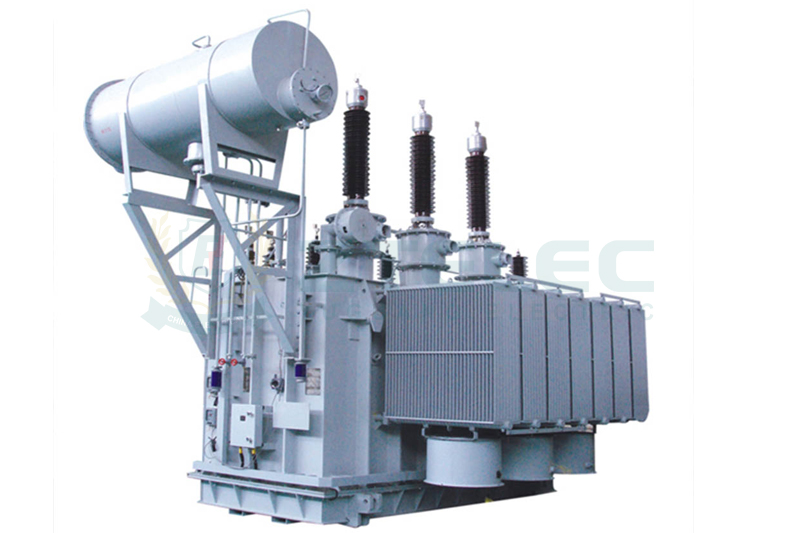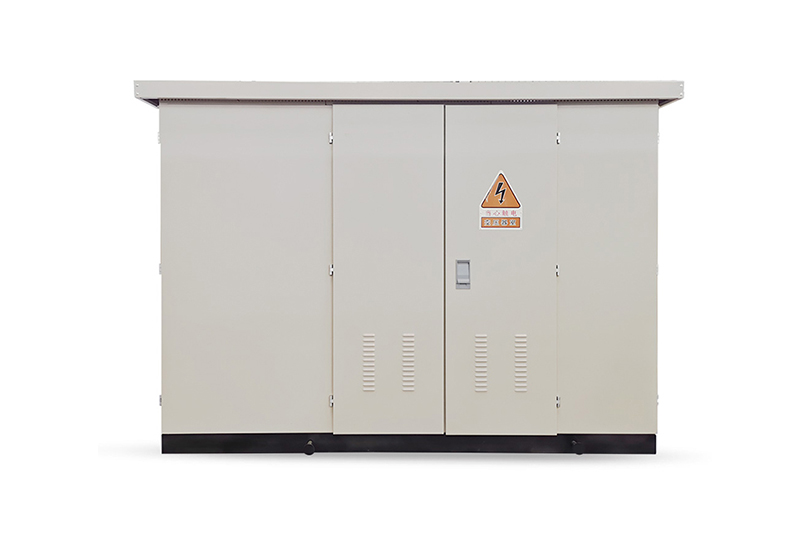Dry-Type Transformer Tap Adjustment: Operation Steps and Technical Skills
Time:2025-05-26 Auther:ZTelec-www.ztelectransformer.com
Tap adjustment in dry-type transformers is a vital process in maintaining voltage stability across power systems. By modifying the turns ratio of the high-voltage winding via tap changers, technicians can flexibly manage output voltage to accommodate load variation or compensate for grid fluctuations. This guide outlines the core principles, detailed steps, and key skills necessary for safe and efficient tap changer operation.

Understanding the Tap Adjustment Principle
Voltage regulation in dry-type transformers is achieved by switching tap positions on the high-voltage winding. These taps are pre-set during manufacturing and typically include 3 to 5 selectable positions. Each tap corresponds to a different number of winding turns. Increasing the turns ratio (e.g., from II to III) raises the output voltage, while reducing it (e.g., from III to II) lowers the voltage. This adjustment is based on the transformer equation: U2/U1 = N2/N1, where U represents voltage and N indicates the number of winding turns.
Operational Steps for Tap Changer Adjustment
Step 1: Preparation
Before adjusting, ensure the transformer is fully powered off for no-load voltage regulation. Always wear appropriate personal protective equipment such as insulating gloves and goggles. Use a voltage tester to confirm complete de-energization. Review the nameplate to understand the rated voltage, tap range, and current tap position.
Step 2: Identify the Target Tap Position
Select the appropriate tap based on input voltage deviation. If the voltage is too high, shift to a higher tap (e.g., +5%). If it’s too low, choose a lower tap (e.g., -5%). This adjustment ensures the output voltage remains within the desired operating range.
Step 3: Adjust the Tap Changer
No-Load Tap Adjustment: Remove the transformer’s protective cover and locate the tap changer on the high-voltage side. Loosen the fastening bolts and turn the tap switch to the desired position (Ⅰ, Ⅱ, Ⅲ, etc.). After adjustment, re-tighten the bolts. Measure DC resistance across windings to ensure phase balance, then restore the cover and clear the workspace.
On-Load Tap Adjustment: Use the tap changer controller or manual interface to adjust the tap while the transformer remains energized. Follow the manufacturer’s operating procedures strictly. Monitor voltage levels throughout the process and fine-tune as necessary.
Step 4: Power-On Test
After restoring power, immediately measure the output voltage to verify it meets system requirements. Check for abnormal noise and monitor the transformer temperature to ensure operational safety.

Essential Skills and Safety Considerations
Tap Selection Strategy
Maintain output voltage within ±5% of the rated value. Minimize the frequency of adjustments—especially for no-load tap changers, which typically support around 5,000 switching cycles.
Inspection and Testing
Before and after adjustments, measure the DC resistance of windings. Ensure the resistance deviation is within 2% to prevent imbalance. Examine tap changer contacts for oxidation or burns, and apply conductive paste if necessary for better conductivity.
Safety Best Practices
No-load adjustments must be performed when the transformer is powered off. On-load voltage regulation should only be handled by certified technicians. Avoid any tap changing operations during thunderstorms to reduce the risk of surge damage.
Special Operating Scenarios
For transformers in parallel operation, ensure all units are adjusted to identical tap settings. Inconsistent tap positions may cause circulating currents, which can shorten the service life of the transformer. In high ambient temperature environments, consider lowering the tap setting to offset voltage drops due to thermal effects.
Dry-type transformer tap changer adjustment is crucial for ensuring stable power delivery and equipment protection. By understanding the core principles, carefully executing the operation steps, and observing essential safety protocols, technicians can manage voltage regulation tasks with confidence and precision.




